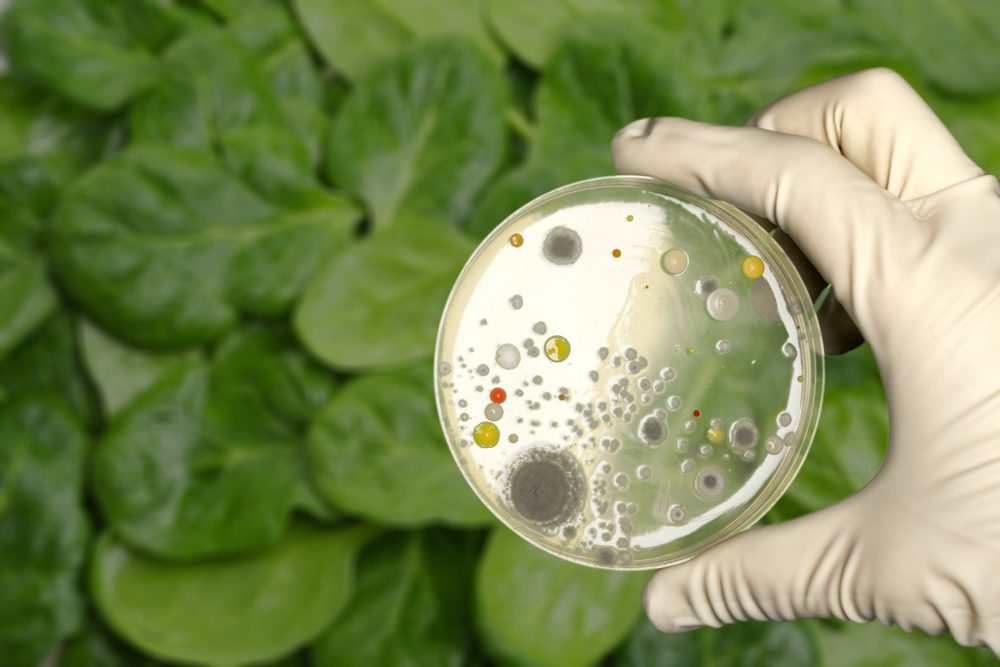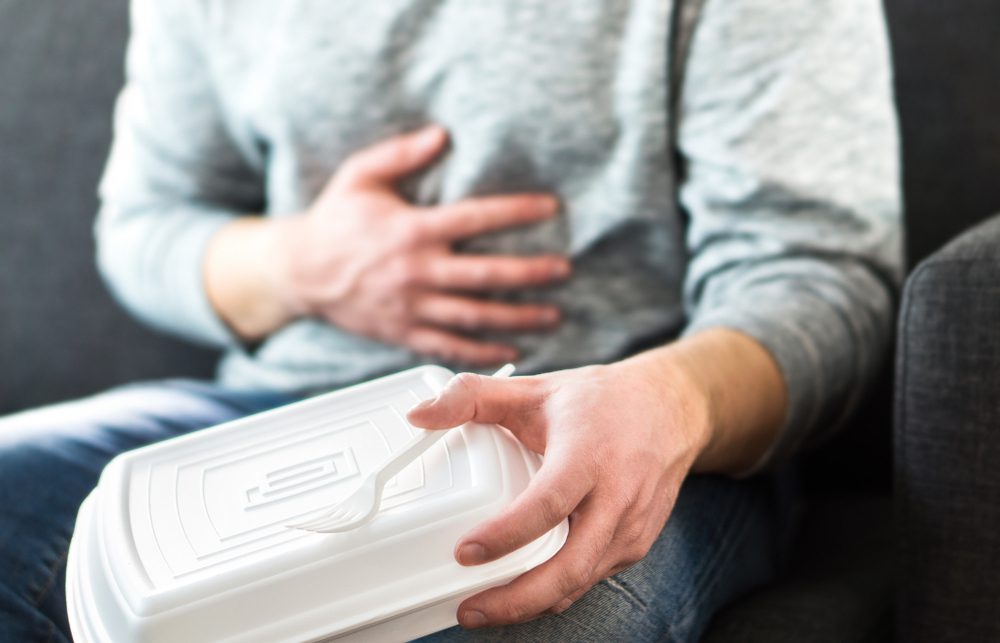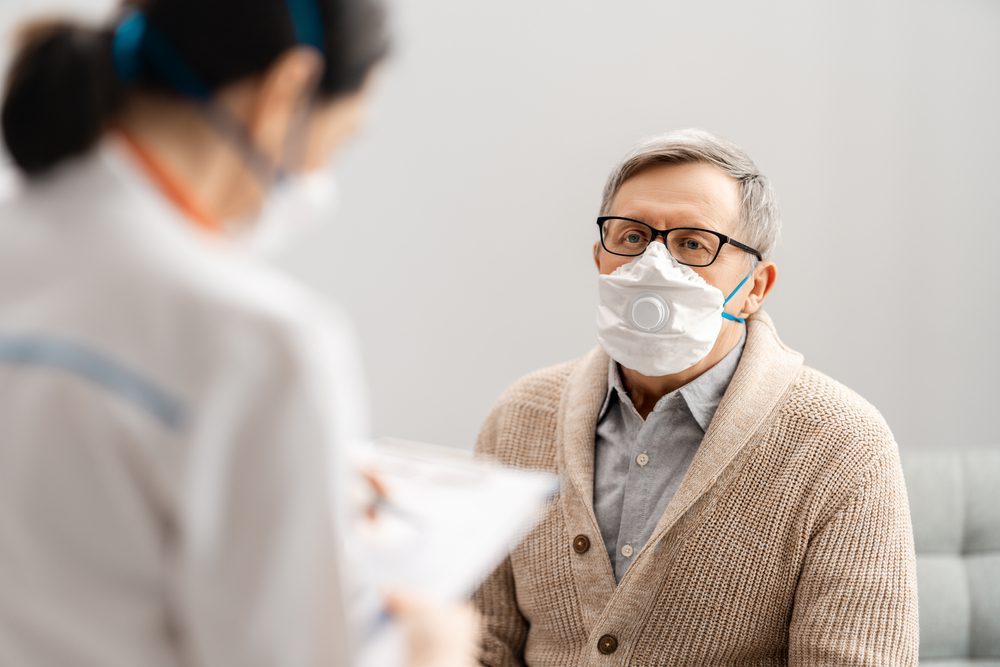
I think it’s safe to say that sushi has become extremely loved all over the world. This traditional Japanese food, alongside sashimi, can be found either in high-class restaurants or even in some supermarkets in America.
Sashimi is a thinly sliced raw fish that’s often served with wasabi or soy sauce, and it’s also extremely popular. But unlike sashimi, sushi doesn’t necessarily have raw fish. As a matter of fact, sushi refers to those small balls or rolls of vinegar-flavored cooked rice.
These rice rolls are then wrapped in seaweed, with different veggies, eggs, raw fish, cooked fish, and other wonders. However, if you want to eat sashimi or sushi that contains raw fish, it’s worth knowing what are the health risks, as you can consume disease-causing bacteria or even parasites.
Anisakiasis
Anisakiasis and other nematodes, also known as roundworms, can be caused by eating some types of raw or undercooked fish. When you ingest this tiny worm, you can suffer from severe abdominal pain, nausea, and vomiting within hours of eating.
Not to mention that if you don’t cough up or vomit the worms, they can burrow into the walls of your intestines, and cause a localized immune response, or even inflammation in the intestine. If this happens, the worms will die eventually, being removed by the immune system.
Even so, in some severe cases, your doctor might have to remove them to reduce the pain. This could be solved with surgery or endoscopy, which is a flexible tube and camera that will let the doctor spot and remove them.
Vibrio
Vibrio parahaemolyticus is a bacterial species often associated with eating raw or undercooked fish and shellfish, in particular oysters. Infection caused by this bacteria can cause symptoms such as diarrhea (bloody diarrhea included), abdominal cramps, nausea, vomiting, headache, fever, and even chills.
Plus, in people who suffer from a weakened immune system, the symptoms are even more severe. There’s another Vibrio species, Vibrio vulnificus, which has been found in oysters, clams, and crabs. In healthy people, ingestion of this microbe might be at fault for causing nausea, vomiting, watery diarrhea, abdominal cramps, and even fever.
In some people that suffer from liver disease or weakened immune system, the microbe might enter the bloodstream, which causes a life-threatening whole-body infection. Even more, the Vibrio species can cause wound infections through open sores that were exposed to water that harbors the bacteria.
Some of the examples are scrapes when opening oysters or even working on boats. As a gastrointestinal illness, these types of wound infections are extremely severe in people with impaired immune systems.

Listeriosis
Listeriosis is an infection that occurs when you have Listeria monocytogenes in your body. This bacteria can easily be found in raw seafood (sushi), unpasteurized milk and different dairy products, vegetables (raw sprouts), and other types of foods.
However, the biggest risk for listeriosis is in people who are either pregnant, newborns (as the bacteria can pass through the placenta), over 65 years old, or suffering from a weakened immune system. If listeria is spreading to the nervous system, you might suffer from meningitis, which is a concerning inflammation of the membranes and fluid around the brain and spinal cord.
Also, it can cause meningoencephalitis, which is an inflammation of both the brain tissue and the membranes around the brain. Nervous system infection is more prone to happen to elderly people or those who are immunocompromised.
Also, if you’re not pregnant, listeriosis might cause mild symptoms, such as fever, and diarrhea. It can also cause other symptoms that are more severe, such as stiff neck and confusion. These two usually occur when the infection has already spread to the nervous system.
If you’re pregnant, listeriosis might also lead to miscarriage, stillbirth, premature delivery, or even a serious infection in the newborn.
Salmonella
Salmonella infection can cause diarrhea, fever, stomach cramps, nausea, vomiting, chills, headache, and in some situations, even blood in the stool. Signs of salmonella infection might last between a few days to even weeks, with diarrhea episodes that might last up to 10 days.
Even more, it might take several months before bowel movements return to their usual habits. In general, people don’t need to go to the doctor if they suffer from a salmonella infection, as it usually clears up on its own in a couple of days.
However, if the affected person is either an infant, young child, or older adult, the illness might last more than just a few days. While salmonella infections aren’t considered to be life-threatening, in certain people, the development of complications can come with a very dangerous outcome, meaning:
- dehydration – if you’re unable to drink enough to replace the missing fluids from diarrhea, you might become dehydrated, urinate less than usual, have a dry mouth and tongue, and no tears when you cry;
- bacteremia – when salmonella infection gets into your bloodstream, it can infect the tissues from all over your body, including the urinary system, the tissues surrounding your brain and spinal cord, the lining of your heart and valves, and the bones and bone marrow.
- reactive arthritis – if you had salmonella, it’s more likely to develop reactive arthritis from it. Also known as Reiter’s syndrome, it can cause eye irritation, painful urination, and painful joints.
Bacillus Cereus
Bacillus cereus is another risky foodborne illness highly associated with eating sushi. But this time, it doesn’t revolve only around raw fish, but also around contained rice, vegetables, and even milk.
There are two types of Bacillus cereus infections: you can either suffer from a diarrheal type or a vomiting type. The vomiting type occurs when you eat contaminated rice. One good example is fried rice that has been sitting at room temperature for way too long.

Contaminated Food Handlers
If the food handlers you’re eating sushi from aren’t in good hand hygiene, you’re prone to getting other infections too, such as norovirus, hepatitis A, and Staphyloccocus aureus. Those who are handling food should always wash their hands and stay home if they’re feeling slightly ill.
Norovirus
You probably didn’t know this, but norovirus is the number one cause of gastroenteritis, known as the stomach flu, and it can be found in sushi. It’s highly contagious, and it causes inflammation in your stomach and intestines, which can lead to abdominal cramping, vomiting, and watery diarrhea.
Treatment of norovirus includes drinking lots of fluids to prevent getting dehydrated, and in more severe cases, hospitalization. The majority of norovirus outbreaks were reported in restaurants, where the one who makes the food or serves it with their bare hands is already infected.
Hepatitis A
Hepatitis A is oftentimes a star among restaurants, as it can spread via people who are infected with the virus already. Preventing the spread of the virus requires a serious dose of vigilance. As HAV can be transmitted via fecal matter, hand-washing after using the bathroom and wearing gloves when working with food are highly prioritized.
It’s also worth knowing that diners should take safety measures too if they want to protect themselves. Wash your hands thoroughly before eating! Also, it’s worth knowing that Hepatitis A can be prevented by having the vaccine.
If you enjoyed reading this article, we also recommend reading: 11 Things You Should NEVER Share With Anyone

























